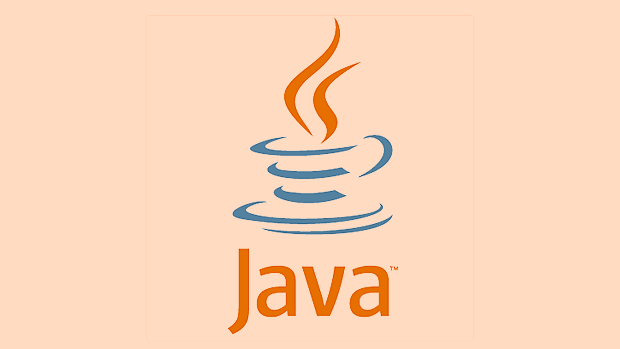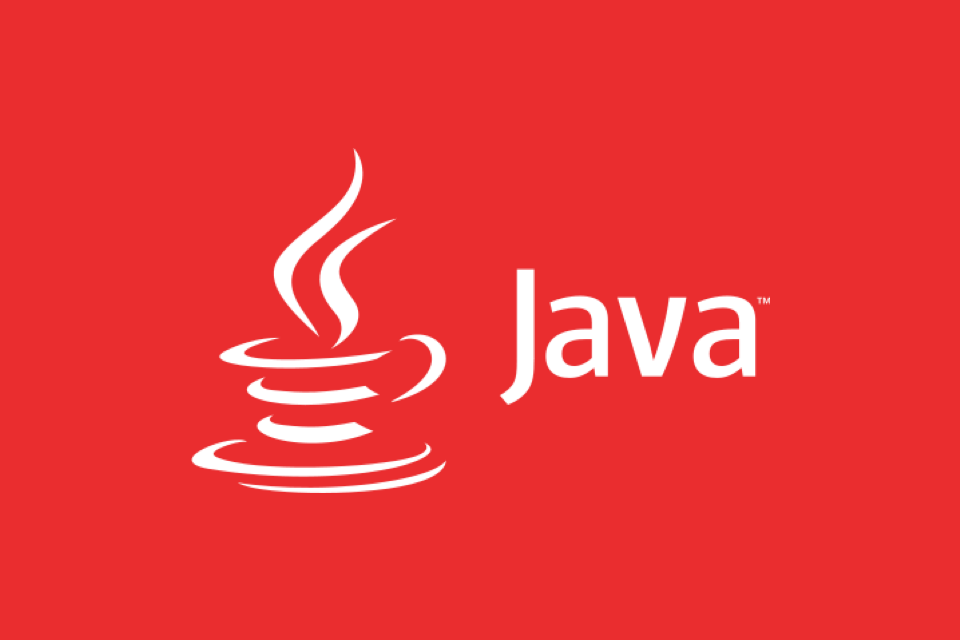Implementing a Caching Layer in a Java Application with Redis
Redis is used for caching in Java applications to improve performance by reducing database load and enabling fast data retrieval. 1. Install Redis using Docker: docker run -d -p 6379:6379 redis. 2. Add spring-boot-starter-data-redis and lettuce-core dependencies in pom.xml. 3. Configure Redis connection in application.yml with host, port, and pool settings. 4. Create a RedisConfig class with @EnableCaching, customize RedisTemplate for JSON serialization using GenericJackson2JsonRedisSerializer. 5. Use @Cacheable to retrieve from cache or execute and cache, @CachePut to update cache after execution, and @CacheEvict to remove cached data. 6. Define RedisCacheManager bean with entryTtl(Duration.ofMinutes(10)) to set 10-minute expiration. 7. Monitor cache using redis-cli commands like KEYS * and GET "users::1". 8. Write unit tests to validate cache hits and misses. Best practices include using meaningful keys, avoiding large or sensitive data in cache, handling cache misses gracefully, and optionally warming cache at startup. This integration with Spring Boot simplifies caching implementation while significantly improving application performance and scalability.

Adding a caching layer to a Java application using Redis can significantly improve performance by reducing database load and speeding up data retrieval. Here’s how to implement it effectively.

Why Use Redis for Caching?
Redis is an in-memory data store known for its speed, flexibility, and support for various data structures. It's ideal for caching because:
- Data is stored in RAM, enabling sub-millisecond read/write operations.
- It supports expiration (TTL), which helps manage stale data.
- It integrates well with Java via clients like Lettuce and Jedis.
Step 1: Set Up Redis and Dependencies
First, make sure Redis is running. You can install it locally or use Docker:

docker run -d -p 6379:6379 redis
Then, add the required dependencies to your pom.xml (for Maven):
<dependency>
<groupId>org.springframework.boot</groupId>
<artifactId>spring-boot-starter-data-redis</artifactId>
</dependency>
<dependency>
<groupId>io.lettuce</groupId>
<artifactId>lettuce-core</artifactId>
</dependency>Lettuce is the recommended Redis client for Spring Boot due to its async and non-blocking capabilities.

Step 2: Configure Redis in Spring Boot
In application.yml or application.properties, configure the Redis connection:
spring:
redis:
host: localhost
port: 6379
lettuce:
pool:
max-active: 8
max-idle: 8
min-idle: 0You can also customize the RedisConnectionFactory and RedisTemplate if needed:
@Configuration
@EnableCaching
public class RedisConfig {
@Bean
public RedisTemplate<String, Object> redisTemplate(RedisConnectionFactory connectionFactory) {
RedisTemplate<String, Object> template = new RedisTemplate<>();
template.setConnectionFactory(connectionFactory);
template.setKeySerializer(new StringRedisSerializer());
template.setValueSerializer(new GenericJackson2JsonRedisSerializer());
return template;
}
}Using GenericJackson2JsonRedisSerializer allows complex Java objects to be serialized to JSON and stored in Redis.
Step 3: Enable and Use Caching Annotations
Annotate your main application class or a config class with @EnableCaching.
@SpringBootApplication
@EnableCaching
public class Application {
public static void main(String[] args) {
SpringApplication.run(Application.class, args);
}
}Now use caching annotations in your service layer:
@Service
public class UserService {
@Autowired
private UserRepository userRepository;
@Cacheable(value = "users", key = "#id")
public User getUserById(Long id) {
System.out.println("Fetching user from DB: " id);
return userRepository.findById(id).orElse(null);
}
@CachePut(value = "users", key = "#user.id")
public User updateUser(User user) {
return userRepository.save(user);
}
@CacheEvict(value = "users", key = "#id")
public void deleteUser(Long id) {
userRepository.deleteById(id);
}
}@Cacheable: Checks the cache first. If present, returns cached value; otherwise, executes the method and caches the result.@CachePut: Always executes the method and updates the cache.@CacheEvict: Removes the entry from the cache (useful for delete operations).
Step 4: Handle Cache Expiration and Eviction
Set TTL (Time-To-Live) to avoid stale data. You can define it globally in configuration:
@Bean
public RedisCacheManager cacheManager(RedisConnectionFactory connectionFactory) {
RedisCacheConfiguration config = RedisCacheConfiguration.defaultCacheConfig()
.entryTtl(Duration.ofMinutes(10)) // Cache expires after 10 minutes
.serializeKeysWith(RedisSerializationContext.SerializationPair.fromSerializer(new StringRedisSerializer()))
.serializeValuesWith(RedisSerializationContext.SerializationPair.fromSerializer(new GenericJackson2JsonRedisSerializer()));
return RedisCacheManager.builder(connectionFactory)
.cacheDefaults(config)
.build();
}This ensures cached users are automatically removed after 10 minutes.
Step 5: Monitor and Test the Cache
Use Redis CLI to inspect cached data:
redis-cli > KEYS * > GET "users::1"
Also, write unit tests to verify caching behavior:
@Test
void shouldCacheUserOnFirstCall() {
userService.getUserById(1L); // DB hit
userService.getUserById(1L); // Should be cached
// Verify DB is called only once
}Use tools like Spring's CacheManager or logging to confirm hits/misses.
Best Practices
-
Use meaningful cache keys: Prefer
@Cacheable(value = "users", key = "#id")over complex or long keys. - Avoid caching large or sensitive data: Keep cache lightweight and secure.
- Plan for cache misses: Your app should still work if Redis is down or data isn’t cached.
- Use cache warming for critical data during startup if needed.
Basically, integrating Redis as a caching layer in Java (especially with Spring Boot) is straightforward and delivers immediate performance gains. With proper configuration and smart use of annotations, you can reduce latency and database pressure without complicating your code.
The above is the detailed content of Implementing a Caching Layer in a Java Application with Redis. For more information, please follow other related articles on the PHP Chinese website!

Hot AI Tools

Undress AI Tool
Undress images for free

Undresser.AI Undress
AI-powered app for creating realistic nude photos

AI Clothes Remover
Online AI tool for removing clothes from photos.

Clothoff.io
AI clothes remover

Video Face Swap
Swap faces in any video effortlessly with our completely free AI face swap tool!

Hot Article

Hot Tools

Notepad++7.3.1
Easy-to-use and free code editor

SublimeText3 Chinese version
Chinese version, very easy to use

Zend Studio 13.0.1
Powerful PHP integrated development environment

Dreamweaver CS6
Visual web development tools

SublimeText3 Mac version
God-level code editing software (SublimeText3)

Hot Topics
 What is the `enum` type in Java?
Jul 02, 2025 am 01:31 AM
What is the `enum` type in Java?
Jul 02, 2025 am 01:31 AM
Enums in Java are special classes that represent fixed number of constant values. 1. Use the enum keyword definition; 2. Each enum value is a public static final instance of the enum type; 3. It can include fields, constructors and methods to add behavior to each constant; 4. It can be used in switch statements, supports direct comparison, and provides built-in methods such as name(), ordinal(), values() and valueOf(); 5. Enumeration can improve the type safety, readability and flexibility of the code, and is suitable for limited collection scenarios such as status codes, colors or week.
 What is the interface segregation principle?
Jul 02, 2025 am 01:24 AM
What is the interface segregation principle?
Jul 02, 2025 am 01:24 AM
Interface Isolation Principle (ISP) requires that clients not rely on unused interfaces. The core is to replace large and complete interfaces with multiple small and refined interfaces. Violations of this principle include: an unimplemented exception was thrown when the class implements an interface, a large number of invalid methods are implemented, and irrelevant functions are forcibly classified into the same interface. Application methods include: dividing interfaces according to common methods, using split interfaces according to clients, and using combinations instead of multi-interface implementations if necessary. For example, split the Machine interfaces containing printing, scanning, and fax methods into Printer, Scanner, and FaxMachine. Rules can be relaxed appropriately when using all methods on small projects or all clients.
 Asynchronous Programming Techniques in Modern Java
Jul 07, 2025 am 02:24 AM
Asynchronous Programming Techniques in Modern Java
Jul 07, 2025 am 02:24 AM
Java supports asynchronous programming including the use of CompletableFuture, responsive streams (such as ProjectReactor), and virtual threads in Java19. 1.CompletableFuture improves code readability and maintenance through chain calls, and supports task orchestration and exception handling; 2. ProjectReactor provides Mono and Flux types to implement responsive programming, with backpressure mechanism and rich operators; 3. Virtual threads reduce concurrency costs, are suitable for I/O-intensive tasks, and are lighter and easier to expand than traditional platform threads. Each method has applicable scenarios, and appropriate tools should be selected according to your needs and mixed models should be avoided to maintain simplicity
 Differences Between Callable and Runnable in Java
Jul 04, 2025 am 02:50 AM
Differences Between Callable and Runnable in Java
Jul 04, 2025 am 02:50 AM
There are three main differences between Callable and Runnable in Java. First, the callable method can return the result, suitable for tasks that need to return values, such as Callable; while the run() method of Runnable has no return value, suitable for tasks that do not need to return, such as logging. Second, Callable allows to throw checked exceptions to facilitate error transmission; while Runnable must handle exceptions internally. Third, Runnable can be directly passed to Thread or ExecutorService, while Callable can only be submitted to ExecutorService and returns the Future object to
 Best Practices for Using Enums in Java
Jul 07, 2025 am 02:35 AM
Best Practices for Using Enums in Java
Jul 07, 2025 am 02:35 AM
In Java, enums are suitable for representing fixed constant sets. Best practices include: 1. Use enum to represent fixed state or options to improve type safety and readability; 2. Add properties and methods to enums to enhance flexibility, such as defining fields, constructors, helper methods, etc.; 3. Use EnumMap and EnumSet to improve performance and type safety because they are more efficient based on arrays; 4. Avoid abuse of enums, such as dynamic values, frequent changes or complex logic scenarios, which should be replaced by other methods. Correct use of enum can improve code quality and reduce errors, but you need to pay attention to its applicable boundaries.
 Understanding Java NIO and Its Advantages
Jul 08, 2025 am 02:55 AM
Understanding Java NIO and Its Advantages
Jul 08, 2025 am 02:55 AM
JavaNIO is a new IOAPI introduced by Java 1.4. 1) is aimed at buffers and channels, 2) contains Buffer, Channel and Selector core components, 3) supports non-blocking mode, and 4) handles concurrent connections more efficiently than traditional IO. Its advantages are reflected in: 1) Non-blocking IO reduces thread overhead, 2) Buffer improves data transmission efficiency, 3) Selector realizes multiplexing, and 4) Memory mapping speeds up file reading and writing. Note when using: 1) The flip/clear operation of the Buffer is easy to be confused, 2) Incomplete data needs to be processed manually without blocking, 3) Selector registration must be canceled in time, 4) NIO is not suitable for all scenarios.
 Exploring Different Synchronization Mechanisms in Java
Jul 04, 2025 am 02:53 AM
Exploring Different Synchronization Mechanisms in Java
Jul 04, 2025 am 02:53 AM
Javaprovidesmultiplesynchronizationtoolsforthreadsafety.1.synchronizedblocksensuremutualexclusionbylockingmethodsorspecificcodesections.2.ReentrantLockoffersadvancedcontrol,includingtryLockandfairnesspolicies.3.Conditionvariablesallowthreadstowaitfor
 How Java ClassLoaders Work Internally
Jul 06, 2025 am 02:53 AM
How Java ClassLoaders Work Internally
Jul 06, 2025 am 02:53 AM
Java's class loading mechanism is implemented through ClassLoader, and its core workflow is divided into three stages: loading, linking and initialization. During the loading phase, ClassLoader dynamically reads the bytecode of the class and creates Class objects; links include verifying the correctness of the class, allocating memory to static variables, and parsing symbol references; initialization performs static code blocks and static variable assignments. Class loading adopts the parent delegation model, and prioritizes the parent class loader to find classes, and try Bootstrap, Extension, and ApplicationClassLoader in turn to ensure that the core class library is safe and avoids duplicate loading. Developers can customize ClassLoader, such as URLClassL







